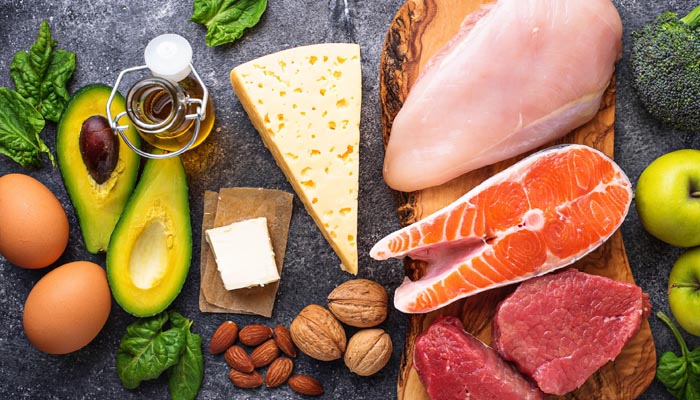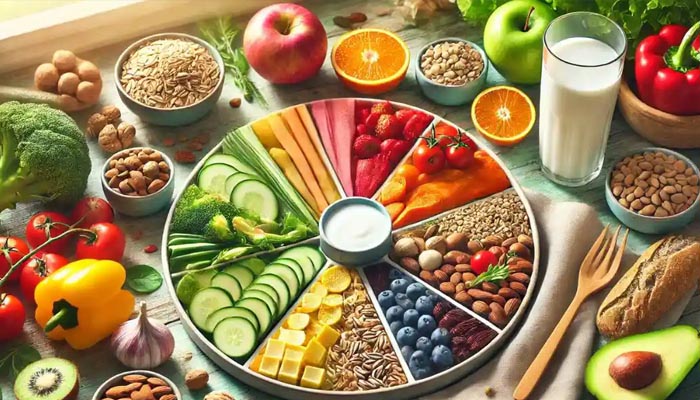
If you had asked Sarah ten years ago how she ate, she would have shrugged and said, “Pretty standard—lots of bread, pasta, and a soda with every meal.” Fast forward to 2025, and her plate looks very different: a colorful bowl of roasted vegetables, quinoa, and a drizzle of avocado oil, with sparkling water on the side. Sarah’s evolution isn’t unique—over the past decade, Americans have gone on a whirlwind journey through different diet trends, all chasing the elusive goal of eating healthier, feeling better, and, of course, looking good.
The Rise of Clean Eating (2015–2017)
Around 2015, the concept of “clean eating” exploded on social media. Instagram feeds were filled with smoothie bowls, mason jar salads, and kale chips. Clean eating emphasized whole, unprocessed foods, and encouraged people to avoid refined sugar, preservatives, and artificial ingredients.
Emma, a marketing executive in Chicago, remembers scrolling through Pinterest and feeling inspired: “Every post was a rainbow salad or a smoothie that looked like art. I thought, if they can do it, I can do it.” For many, clean eating felt empowering. It was about taking control of your health, rather than following strict calorie counts. Juice cleanses became weekend rituals, and grocery lists overflowed with leafy greens, almond flour, and chia seeds.
However, some soon realized that the trend came with its own stressors. Social media posts set unrealistic standards, and the focus on “pure” foods sometimes made casual meals feel like failures. But the foundation it set—valuing real, minimally processed foods—would influence the next wave of diets.
Keto Craze (2017–2019)

By 2017, the ketogenic diet hit mainstream America. High fat, very low carb, moderate protein—the diet promised rapid weight loss by forcing the body into ketosis. Suddenly, butter wasn’t bad, avocado was a hero, and people were eating bacon with reckless joy.
Keto brought about an important cultural shift: fat was no longer universally vilified, and people began thinking about macronutrients in new ways. It also sparked an enormous market for low-carb snacks, almond flour baking, and keto-friendly fast food. But the diet wasn’t for everyone—some found it restrictive, socially isolating, and unsustainable over the long term.
Plant-Based Revolution (2019–2021)
By 2019, plant-based eating was everywhere. Beyond vegetarians and vegans, many people adopted flexitarian approaches, reducing meat consumption without giving it up entirely. Social media influencers and celebrities endorsed plant-based diets, and grocery stores responded with a flood of meatless products—Impossible Burgers, oat milk, and vegan cheeses became common household staples.
This period also saw more Americans embracing whole-food plant-based diets, focusing on unprocessed fruits, vegetables, legumes, and whole grains. The narrative shifted from “losing weight” to “long-term health” and environmental responsibility.
Intermittent Fasting and Lifestyle Diets (2021–2023)

The COVID-19 pandemic reshaped how Americans thought about food. With gyms closed and routines disrupted, people experimented with intermittent fasting (IF) and other lifestyle-focused eating patterns. IF doesn’t prescribe what to eat, but rather when to eat, often in 16-hour fasting windows.
Alex, a college student in Los Angeles, shares his experience: “Fasting was surprisingly easy once I got used to it. I didn’t have to change what I ate, just when. It helped me lose a few pounds and feel more in control.”
Alongside IF, interest grew in gut health and functional foods. Probiotics, kombucha, and fermented vegetables became pantry staples. People were curious about longevity and mental clarity, not just body weight. The conversation about diet became more holistic—nutrition, sleep, and mindfulness were increasingly connected.
The Present: Balanced, Personalized Eating (2023–2025)

Today, the focus has shifted again. Instead of chasing the latest trend, many Americans are embracing personalized and balanced diets. The mantra is simple: eat a variety of foods, listen to your body, and prioritize long-term sustainability over quick fixes.
Sarah, who started this journey a decade ago, now blends lessons from every era: she enjoys plant-based meals, sometimes incorporates keto-style low-carb days, and occasionally fasts for 12 hours overnight. “I’ve realized it’s about flexibility,” she says. “No one meal or diet defines health. It’s how you eat most of the time.”
This approach reflects broader changes in the U.S.: more attention to mental health, sustainability, and individual needs rather than one-size-fits-all solutions. Technology also plays a role—apps track nutrition, sleep, and even nutrient deficiencies, offering personalized recommendations that were unimaginable ten years ago.
Lessons from the Last Decade

Looking back, the past ten years reveal more than a series of diet trends—they show a cultural shift. Americans have moved from rigid rules and quick fixes toward awareness, experimentation, and mindfulness. The key lessons:
- Flexibility beats rigidity. Diets work best when adapted to lifestyle and preferences.
- Whole foods remain timeless. Regardless of the trend, minimally processed foods are always central to health.
- Mental and social health matter. Food isn’t just fuel; it’s culture, family, and community.
- Personalization is king. Tech and education allow people to tailor diets to individual needs and goals.
Whether it’s kale chips, keto fat bombs, plant-based burgers, or intermittent fasting, Americans have been on a decade-long experiment with health and diet. The trends may shift, but the underlying principle is clear: healthy eating isn’t about following the latest craze—it’s about building sustainable habits that nourish your body and mind.
For readers today, the challenge isn’t just picking a trendy diet—it’s finding a balance that works for you, keeps you energized, and feels realistic. After all, the healthiest diet is the one you can enjoy and maintain for a lifetime.
